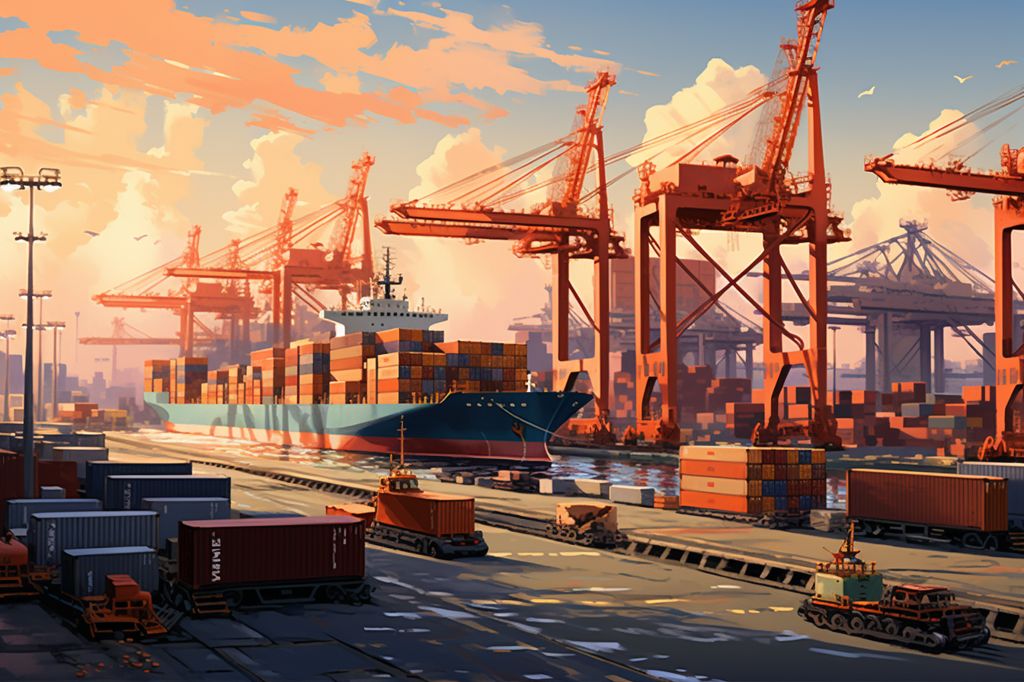The Port of Cape Town (PoCT) is crucial to the economy of the Western Cape, but its efficiency has been hindered due to a lack of necessary equipment, particularly Rubber-Tyred Gantries (RTGs), which are essential for loading and offloading internal and external trucks. The Transporter Congestion Report commissioned by the Western Cape Government’s Department of Economic Development and Tourism identifies the status of RTGs as the single largest limitation to the port’s efficient functioning.
Factors Contributing to the Port’s Inefficiencies
The report highlights several factors that contribute to the inefficiencies of PoCT, such as long periods of RTGs standing out of service due to awaiting spare parts, traffic flow problems caused by new truck drivers to the Transnet Port Terminal (TPT) who are unfamiliar with container drop locations, and under-utilization and cost-ineffectiveness of the night shift, which only accounts for 10% of traffic.
Other issues include Transnet National Ports Authority (TNPA) security and TPT security operating as separate systems with limited communication, problematic handover between shifts, the need for improvement in procedural standards, TNPA security lacking access to the list of truckers with bookings causing random access to the port, and scanner issues at the gate leading to manual access grants and subsequent delays.
Historical Capital Under-Expenditure
Historically, PoCT has suffered from significant capital under-expenditure, which has led to substantial inefficiencies. This issue was further confirmed by Transnet in a recent presentation to the Western Cape Standing Committee on Finance and Economic Opportunities and Tourism, revealing that the Cape Town Container Terminal is severely under-equipped, with only 16 RTGs available when the optimal number should be 39.
Recommendations for Improvement
To improve the functioning of PoCT, the Transporter Congestion Report recommends that Transnet and the industry should consider private investment for the procurement of new RTGs and critical spare parts as a high priority. Furthermore, Transnet and the industry should explore the possibility of appointing a private service provider to operate the terminal.
Unlocking the Port’s Potential for Economic Growth
By addressing the issues highlighted in the Transporter Congestion Report and embracing private sector involvement, PoCT can become a key driver of economic growth and job creation. An efficient PoCT with appropriate investment in key infrastructure has the potential to contribute an additional R6 billion in exports, approximately 20,000 direct and indirect jobs, and more than R1.6 billion in additional taxes by 2026.
This potential can only be realized by including the private sector as a partner, which aligns with the Western Cape Government’s new economic action plan, ‘Growth for Jobs,’ which sets a target to develop a trillion-rand provincial economy growing at 4-6% per year in real terms by 2035, creating over 600,000 jobs.
It is now essential to involve the private sector to achieve the swift economic growth needed to create thousands of new jobs both in the province and across South Africa. By overcoming the transporter congestion at the Port of Cape Town, it has the potential to unlock economic growth, create numerous job opportunities, and become a key driver of the Western Cape economy.








